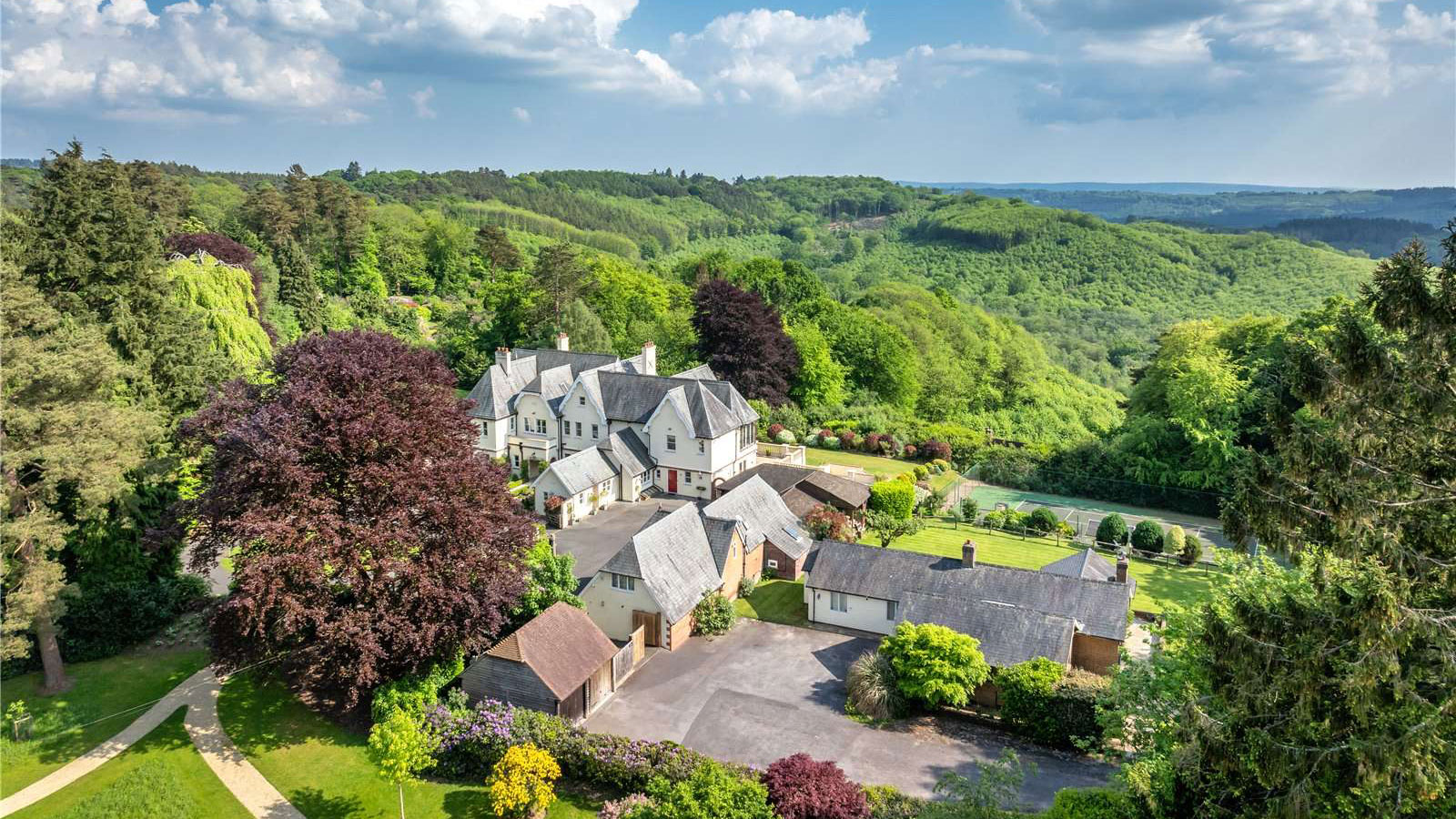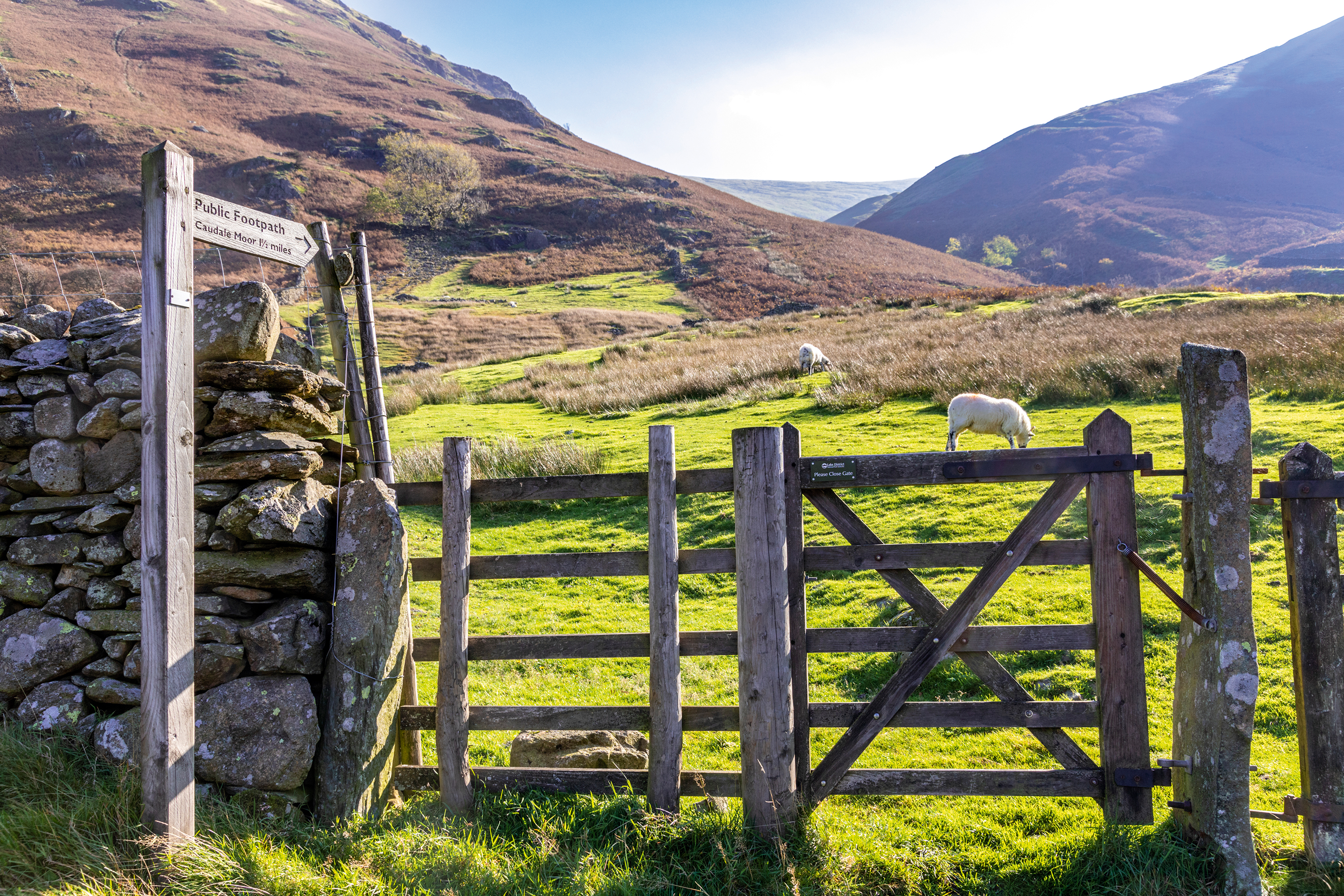Autumn colour in the garden
Michael Heseltine celebrates the joys of autumn colour in the garden, and suggests what to plant to get the best effect.


There is a defiance in autumn colour one last exotic burst, then it's all over, until next year. But, while it lasts, that final moment of defiance can leave unrivalled memories to enrich the empty months that separate us from the confident exuberance of spring. Even that is too bleak a judgement, because the winter months are never quite empty.
Any significant arboretum is sure to offer magic vistas and more intimate groupings, from mid-October until November, when frosts and winds bring the season to an end. Among my favourites is the arboretum at Westonbirt in Gloucestershire, planted originally by the Holford family, but now being seriously enhanced by Hugh Angus and his Forestry Com-mission team. Every shade of lemon, orange and red clothe the numerous forms of Acer palmatum, protected by a high canopy of mature trees. To understand the ecstasy of gardening, you have to see these acers in full colour, with dappled sunlight falling through branch and leaf.
Acer palmatum was first introduced to Britain from Asia in the early 19th century. There are now countless forms available, with characteristics to suit almost any circumstance. Some grow quickly, others hardly at all. Some are upright, others weep. There are dwarf forms, spreaders, sun or shade-loving, some for the spring, some for the autumn, and some for both. So loved is this species that you can buy the most popular varieties for a few pounds in a garden centre and large potted versions for several hundred pounds, for those demanding instant effect.
Notebook in hand, I set out to see what is looking particularly good here at Thenford, or showing the potential to do so. It's immediately apparent that the task of selection is daunting to the point of impossible. There are just so many genera that contribute to the colours of autumn that anything picked out is random and quixotic. I started with the new stock waiting for the planting we'll begin any day now. On the way, I passed a witch hazel, Hamamelis x intermedia Diane. The colouring was striking. The more I looked, the harder I found it to capture the description. Old gold, red, pink, faded brown all apply, but they don't do justice to the fusion of one colour with another and the infinite range of tonings.
On the standing beds, I noted Quercus alba, a white oak, which will one day be a medium-sized tree, but is now a fine young specimen with deep purplish-red leaves. A Chinese tulip tree is undergoing a dramatic yellowing of its uniquely shaped leaves reminiscent of a flattened figure of eight. Quercus dentata makes little more than a large shrub, but its dramatic large green leaves turning to tawny are a showstopper. Two ash trees offer outstanding colour. The leaves of Fraxinus excelsior Jaspidea turn bright lemon at this time of year, and a smaller variety, Fraxinus oxycarpa Raywood has particularly graceful foliage that turns deep, reddish-purple.
If you want a delicate, unusual chestnut, Aesculus x neglecta Autumn Fire should be on your list, with its seasonal kaleidoscope of reds, oranges and pale brown. A shrubby birch with excellent catkins earlier in the year now has striking bright gold foliage, Betula medwediewii Gold Bark. Many Prunus deliver the classic flower-laden branches of cherry-blossom in the spring, but some also colour brilliantly in autumn; Prunus sargentii and P. Korean Hill fit this bill. Finally, two uncommon but exceptional trees. Cercis candensis Forest Pansy makes a large shrub or small tree requiring full sun and moist but draining soil. It has the deepest purple leaves throughout the season, turning to a deep red. It's one of the most remarked-upon members of the collection. Acers are available in every size, but Acer truncatum is uncommon and its very dainty, fine-lobed leaves offer a range of yellowing fawns of particular attractiveness.
Many of the best autumn shrubs and trees are available in garden centres. They'll be the commoner varieties, but they are common because they perform so well. Specialist nurseries may have more unusual offerings. Once again, the RHS Plant Finder is an ever-present ally.
Sign up for the Country Life Newsletter
Exquisite houses, the beauty of Nature, and how to get the most from your life, straight to your inbox.
Country Life is unlike any other magazine: the only glossy weekly on the newsstand and the only magazine that has been guest-edited by HRH The King not once, but twice. It is a celebration of modern rural life and all its diverse joys and pleasures — that was first published in Queen Victoria's Diamond Jubilee year. Our eclectic mixture of witty and informative content — from the most up-to-date property news and commentary and a coveted glimpse inside some of the UK's best houses and gardens, to gardening, the arts and interior design, written by experts in their field — still cannot be found in print or online, anywhere else.
-
 Six rural properties with space, charm and endless views, as seen in Country Life
Six rural properties with space, charm and endless views, as seen in Country LifeWe take a look at some of the best houses to come to the market via Country Life in the past week.
By Toby Keel
-
 Exploring the countryside is essential for our wellbeing, but Right to Roam is going backwards
Exploring the countryside is essential for our wellbeing, but Right to Roam is going backwardsCampaigners in England often point to Scotland as an example of how brilliantly Right to Roam works, but it's not all it's cracked up to be, says Patrick Galbraith.
By Patrick Galbraith